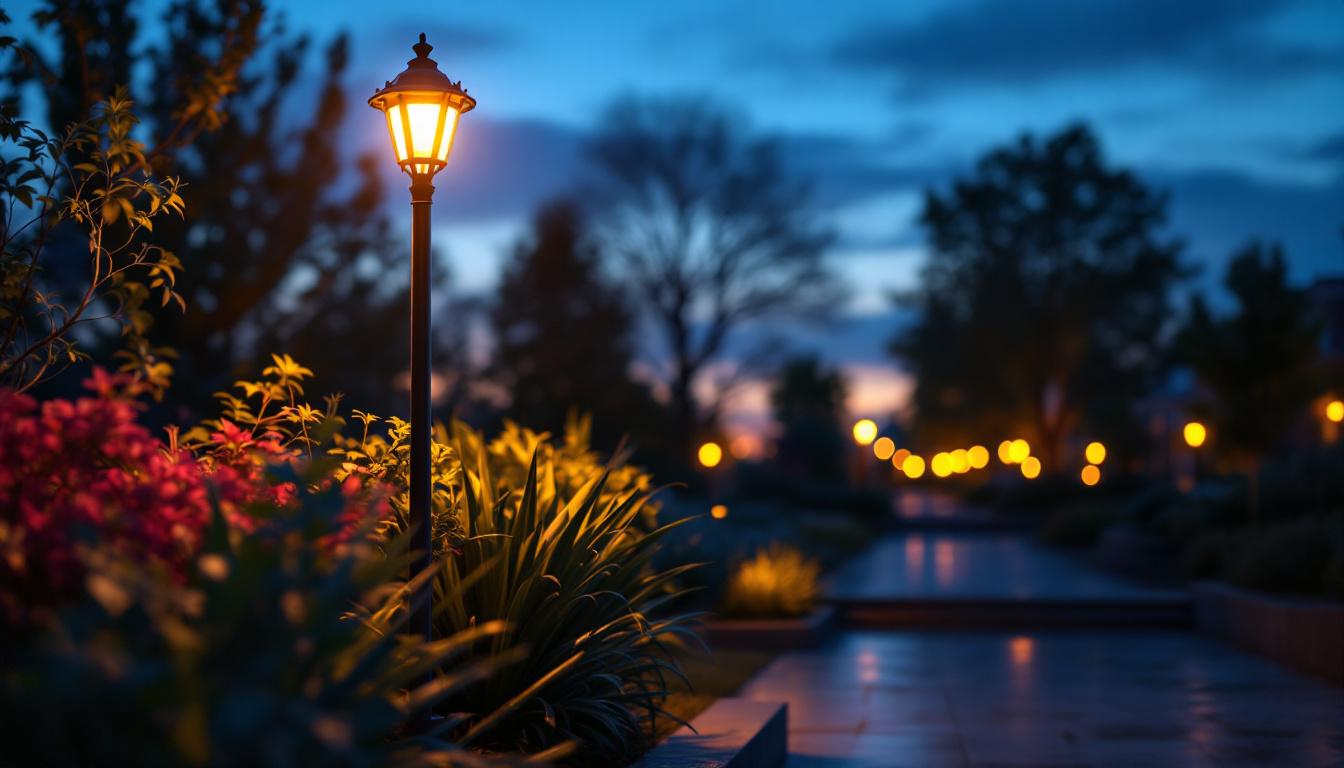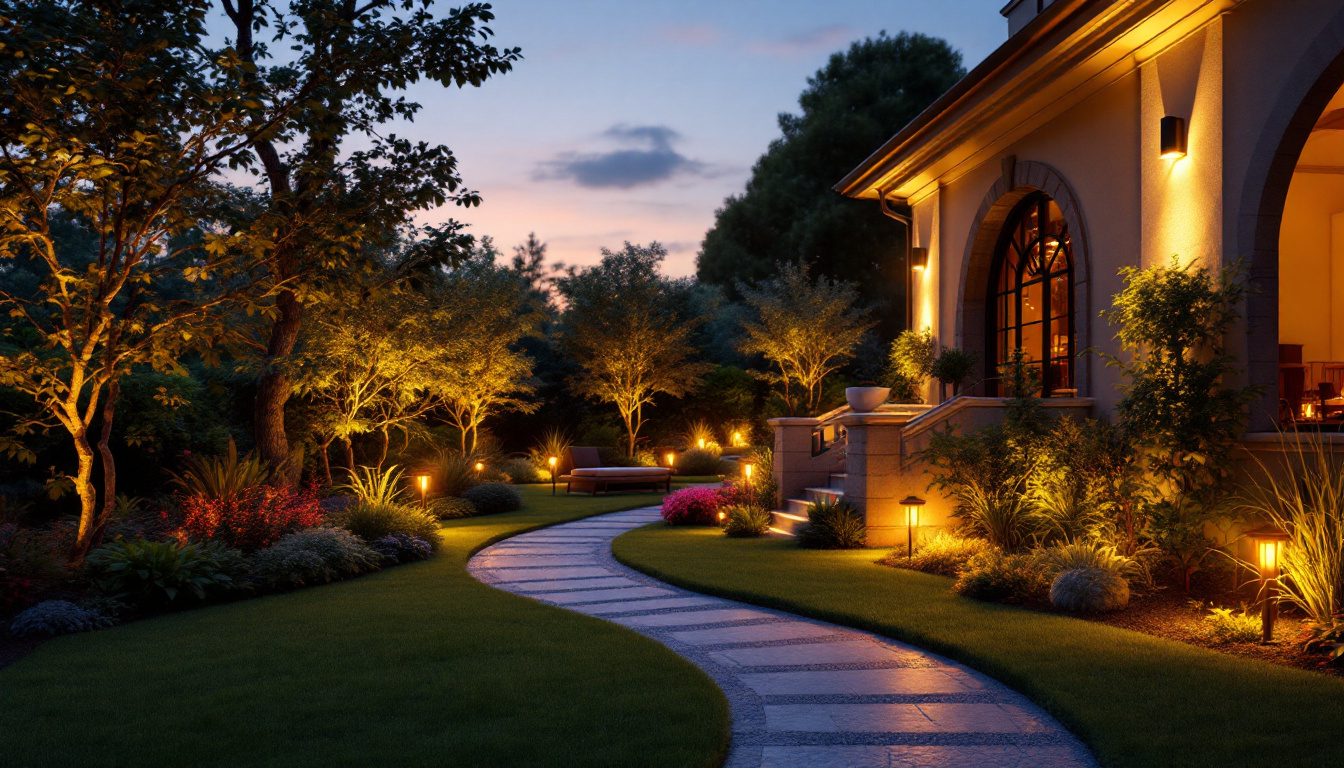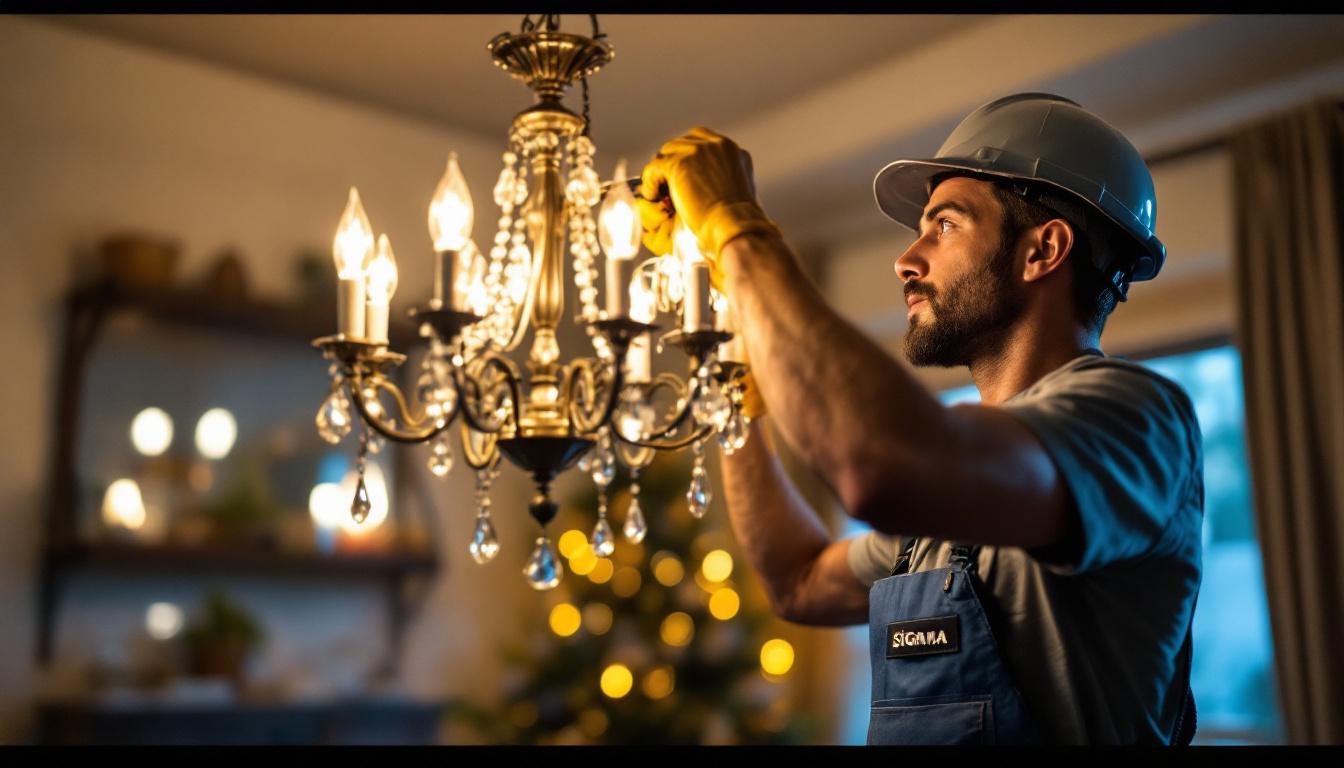
In the world of outdoor lighting, landscape light posts play a crucial role in enhancing the aesthetic appeal and functionality of residential and commercial properties. For lighting contractors, understanding the intricacies of landscape light posts is essential for delivering high-quality installations that meet client needs. This comprehensive handbook will delve into the various aspects of landscape light posts, including design considerations, installation tips, maintenance practices, and the latest trends in outdoor lighting.
Landscape light posts are designed to illuminate outdoor spaces, providing both safety and ambiance. They come in various styles, heights, and materials, allowing contractors to choose the right fixtures based on the specific requirements of a project. Understanding the fundamental components and features of these light posts is essential for effective installation and client satisfaction.
There are several types of landscape light posts available on the market, each serving different purposes and aesthetic preferences. The most common types include:
When selecting landscape light posts, several features should be taken into account:
In addition to these features, it’s essential to consider the installation process and the surrounding environment. For instance, light posts should be positioned to minimize glare for pedestrians while maximizing illumination for safety. Furthermore, the landscape’s overall design should guide the placement of these fixtures, ensuring they enhance rather than detract from the natural beauty of the area. Additionally, integrating smart technology can elevate the functionality of landscape light posts. Many modern fixtures now come equipped with sensors that adjust brightness based on ambient light levels, or even programmable timers that allow for customized lighting schedules, enhancing both convenience and energy efficiency.
Moreover, the choice of light post can also influence the ecological footprint of a project. For instance, selecting fixtures made from recycled materials or those that utilize energy-efficient lighting can significantly reduce environmental impact. Landscape architects and designers are increasingly recognizing the importance of sustainability in their projects, leading to a growing trend in the use of biodegradable or recyclable materials in outdoor lighting solutions. This not only appeals to eco-conscious clients but also contributes to a more sustainable future for outdoor spaces.
Designing an effective landscape lighting scheme involves more than just selecting the right light posts. A well-thought-out plan enhances the beauty of the landscape while ensuring safety and functionality. The interplay of light and shadow can transform a mundane garden into a captivating space, inviting exploration and enjoyment during the evening hours. Moreover, the right lighting can extend the usability of outdoor areas, allowing homeowners to host gatherings or simply enjoy their gardens long after the sun has set.
Before installation, it is crucial to establish the primary goals for illumination. This could range from enhancing security, highlighting architectural features, or creating a welcoming atmosphere for outdoor gatherings. Understanding the client’s vision will guide the selection of fixtures and their placement. Additionally, considering the ecological impact of lighting is essential; using energy-efficient LED fixtures not only reduces electricity consumption but also minimizes light pollution, which can disrupt local wildlife and the natural night sky.
Strategic placement of light posts can dramatically affect the overall lighting effect. Here are some strategies to consider:
Moreover, it’s essential to consider the color temperature of the lights used. Warmer tones can evoke a cozy and intimate feel, perfect for social settings, while cooler tones might be more suitable for modern landscapes, providing a sleek and contemporary vibe. Additionally, incorporating smart lighting technology can enhance the functionality of landscape lighting, allowing homeowners to adjust brightness levels, set timers, or even change colors to suit different occasions or moods. This adaptability not only adds convenience but also elevates the overall experience of outdoor spaces.
Proper installation is crucial to ensure the longevity and effectiveness of landscape light posts. Following best practices can help avoid common pitfalls and ensure a successful project.
Conducting a thorough site assessment is the first step in the installation process. This involves evaluating the landscape’s layout, identifying potential obstacles, and determining the best locations for light posts. Consider factors such as existing vegetation, property lines, and the intended use of the outdoor space. Additionally, take note of any existing lighting features, as these can influence the placement and intensity of new installations. For instance, if there are areas that are already well-lit, you might want to focus on darker corners that require more illumination, creating a balanced and inviting atmosphere throughout the landscape.
For electrically powered light posts, it is essential to adhere to local electrical codes and regulations. Here are some key points to keep in mind:
Moreover, it is advisable to plan the layout of your wiring before installation. This includes mapping out the routes for the wires to minimize exposure to potential damage from landscaping activities or weather conditions. Consider using conduit to protect the wiring, especially in areas where foot traffic or gardening might occur. Additionally, incorporating smart lighting controls can enhance the functionality of your landscape lighting, allowing for automated schedules or remote adjustments that can adapt to seasonal changes or specific events, further enhancing the usability of your outdoor space.
Regular maintenance of landscape light posts is essential for ensuring their longevity and performance. A proactive approach to maintenance can prevent costly repairs and replacements down the line.
Conducting routine inspections of landscape light posts is crucial. Look for signs of wear and tear, such as rust, loose connections, or damaged bulbs. Regularly check the functionality of the lights, ensuring they operate as intended.
Keeping light posts clean enhances their appearance and performance. Here are some maintenance tips:
The landscape lighting industry is continually evolving, with new trends emerging to enhance outdoor spaces. Staying updated on these trends can provide lighting contractors with a competitive edge.
Smart lighting technology is gaining popularity, allowing homeowners to control their outdoor lighting through mobile apps or voice-activated devices. Features such as dimming, scheduling, and color-changing capabilities offer flexibility and convenience, making them attractive options for clients.
As sustainability becomes a significant focus, energy-efficient lighting solutions are increasingly in demand. LED fixtures not only consume less energy but also have a longer lifespan, making them a cost-effective choice for clients.
Landscape light posts are essential components of outdoor lighting design, providing both functionality and aesthetic appeal. For lighting contractors, understanding the various types, design considerations, installation best practices, and maintenance tips is crucial for delivering high-quality services. By staying informed about the latest trends and technologies, contractors can enhance their offerings and meet the evolving needs of their clients.
Investing time and effort into mastering the art of landscape lighting can lead to satisfied customers and a thriving business. With this ultimate handbook, lighting contractors are well-equipped to tackle any landscape lighting project with confidence and expertise.
Ready to elevate your landscape lighting projects with the finest selection of light posts and outdoor lighting solutions? Look no further than LumenWholesale, where we provide lighting contractors with spec-grade lighting products at unbeatable wholesale prices. Our commitment to quality, affordability, and convenience ensures that you have access to the best lighting options on the market, all with the ease of hassle-free bulk buying and free shipping. Don’t let markups dim your project’s potential. Choose LumenWholesale for premium lighting that meets the highest industry standards and enhances every outdoor space. Discover the perfect blend of quality and value by visiting our extensive selection at Wholesale Lighting at the Best Value.

Discover the innovative world of Green Creative, a leader in energy-efficient lighting solutions.

Discover how LED lights are revolutionizing the signage industry, offering lighting contractors unparalleled energy efficiency, durability, and design flexibility.

Discover how outdoor landscape lights are transforming the success of lighting contractors by enhancing aesthetics, boosting energy efficiency, and increasing client satisfaction.

Discover the pitfalls lighting contractors often encounter when installing chandeliers.